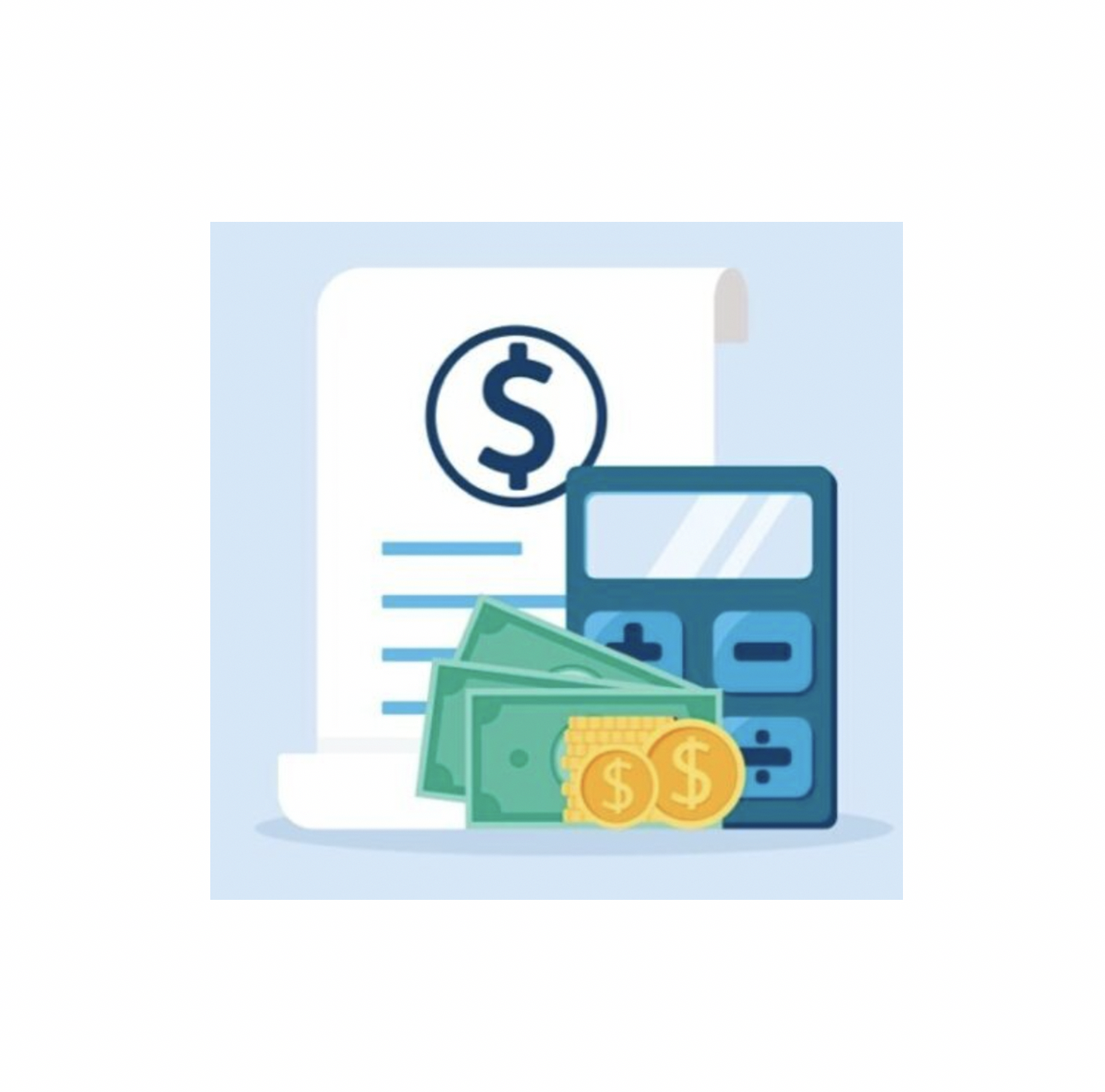
Think You’re Too Careful to Be a Victim? Surprising Ways Identity Theft Happens
You might lock your doors, shred your documents, and log out of all accounts only to discover that identity thieves have still found a way in.
At FIMC, we know even the most cautious people can fall victim, which is why our identity monitoring service are designed to catch risks everywhere your data might be hidden: from public records to the dark web and credit bureaus.
How Identity Theft Happens
- Data Breaches
Every year, over 50,000 personal data breaches are reported in the U.S.. That leaked password or email combo may seem innocuous until hackers leverage it to access bank accounts or SSNs. - Silent Credit Checks by Thieves
Criminals can launch unauthorized credit inquiries using your SSN. Research shows real-time user approval systems could block this, but they’re not yet standard. - Phishing and Social Engineering
In 2021, more than 300,000 Americans became victims of phishing, vishing, or smishing—cyber tricks aimed at coaxing personal info from even the most cautious people. - Dark Web Markets & Synthetic IDs
Organized fraud rings now operate like dark-market startups. They trade stolen info, build synthetic identities (fake personas with real and fabricated details), and use AI-based deepfakes to evade detection. - Physical Mishaps
Mail theft, dumpster diving, or stolen laptops can expose SSNs, account numbers, or passwords—opening the door to fraud. SIM‑swap attacks can also enable thieves to hijack your phone number, intercept two-factor authentication messages, and take over your accounts. These scams are rising swiftly in both the UK and U.S.
The Real Impact: Beyond Just Numbers
- 1 in 3 Americans have experienced identity theft—a rate that’s more than twice the global average.
- In 2024, U.S. adults lost a staggering $47 billion to identity fraud and scams—$27 billion to traditional identity theft and $20 billion to scams.
- Approximately 365,758 identity theft cases were reported in the first quarter of 2025 alone, up 70,000 over the previous quarter.
- Victims of severe identity theft are nine times more likely to file extended fraud alerts and suffer long-term credit consequences.
- Older adults (80+) lose about $1,600 per scam, which is 3–4 times more than younger victims.
In all, consumers filed 1.1 million identity-theft reports in 2024, alongside another 2.6 million related fraud cases. These figures might understate the true scope, as many crimes go unreported.
Why FIMC’s Monitoring Matters
FIMC’s identity monitoring services proactively comb through public records, dark‑web marketplaces, and credit bureau data. Instead of reacting to threats after the damage, our system alerts you early, helping prevent fraud before it pays off.
What You Get on the Silver Safeguard Plan:
- 24/7 access to an identity dashboard for tracking alerts and activity
- High-risk transaction alerts that notify you of suspicious activity on your accounts
- Dark web monitoring to detect your information where it shouldn’t appear
- Three-bureau credit monitoring, so nothing slips through the cracks
- Stolen funds reimbursement, to help recover eligible losses due to identity theft
- $1 million identity theft insurance to help cover legal fees, restoration costs, and more
This isn’t just insurance, it’s a shield against the modern, evolving threat landscape. Rather than waiting for the phone to ring with bad news, FIMC helps you act fast before criminals gain the upper hand.
Be Proactive. Stay Secure.
Identity theft isn’t just for the careless. It can happen to anyone—through breaches, scams, tech exploits, or even sneaky phone tricks. The fallout is not just financial; it can be emotional and long-lasting.
But with FIMC’s comprehensive surveillance and protection under the Silver Safeguard Plan, you’re counteracting all the potential for disruption and damage. Catching threats early means avoiding the headache, cost, and stress of dealing with fraud after the fact.
Protect your peace of mind with FIMC.



